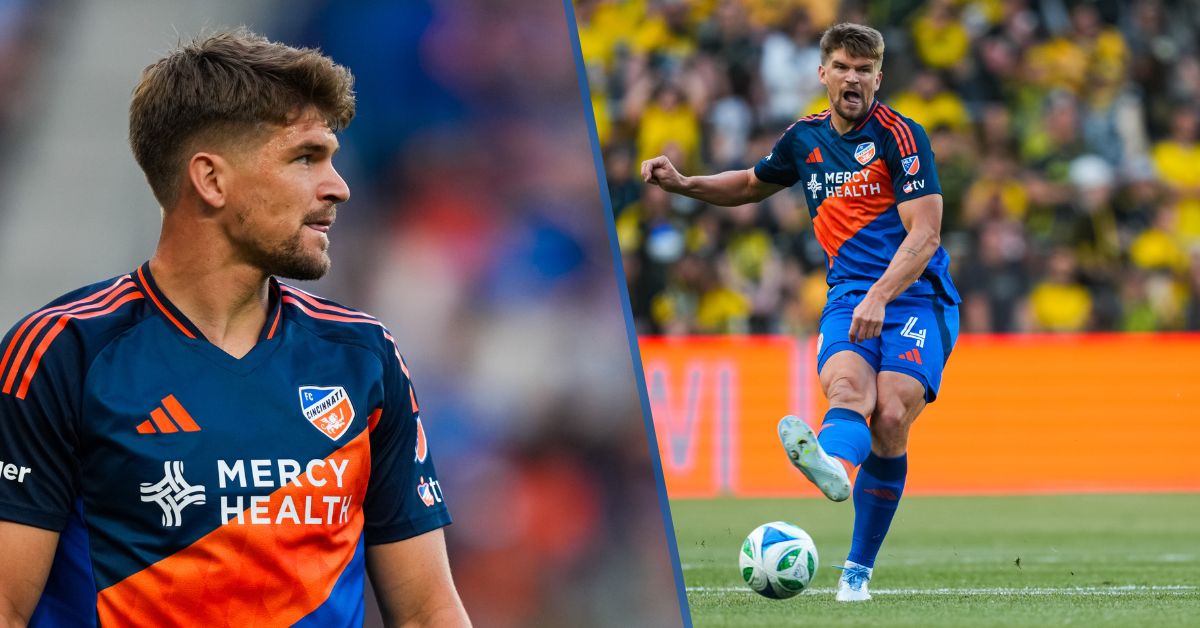Training for a race, like the Mercy Health Glass City Marathon, means planning for an abundance of miles under your feet.
During the beginning of a training program, runners may feel unsatisfied with the stats a running watch may display. But did you know running slower during training can lead to a faster race time? In fact, most of your training plan should consist of slow, easy miles.
“First we need to define what slower or aerobic miles mean, versus faster or anaerobic miles,” Sara Polatas, a physical therapist and running specialist at Mercy Health – Sunforest Outpatient Rehabilitation and Therapy, shares. “Aerobic exercises are activities that occur with oxygen, and anaerobic exercises are activities that occur without the presence of oxygen. We can think of this almost like a ‘line’ or ‘ceiling,’ where above the line we are performing without oxygen, often running fast.”
For example, when you see a person sprinting on a track, they are running at fast speeds for a short period of time. They are using their anaerobic system to run because the oxygen demand is greater than the oxygen supply.
“Because the body is only equipped to sustain itself above this threshold for a short time, running slower miles helps the body build up the aerobic cardiovascular system to run fast for a longer period of time,” Sara explains.
Running fast breaks down the body’s ability to recover. Because of this, running too fast too often can lead to injuries.
“I like to go off the 80/20 rule, where 80 percent of weekly time spent running is slow and 20 percent is running at a faster pace,” Sara says.
She continues, “easy running should feel like you can carry on a full conversation with your training partners without struggling to catch your breath. If we look at the rate of perceived exertion, we want slow running to be around a two to three on a 10-point scale, where you feel like you can continue running for a long period of time without too much effort.”
This easy running pace will look different from day to day. Factors including hydration levels, weather conditions and how recovered your body is all play a role in what an easy or conversational pace feels like.
“Generally, easy mileage should be greater than one minute slower than your marathon pace, or one-and-a-half to two minutes slower than your tempo or threshold pace,” Sara says.
While fast speed workouts can be beneficial to prepare for races, it is important to make sure the body is recovered and ready for race day.
Have you been training for the Mercy Health Glass City Marathon but have yet to sign up? There is still time to register!
Also, our orthopedic and sports medicine team of physicians and running medicine specialists are here to help. They are available to assist you during your training and will proudly provide medical aid to runners on site during marathon race weekend.
Learn more about the orthopedic and sports medicine services we offer.






